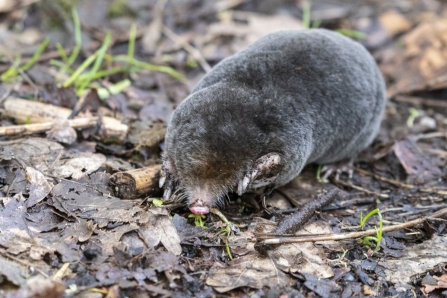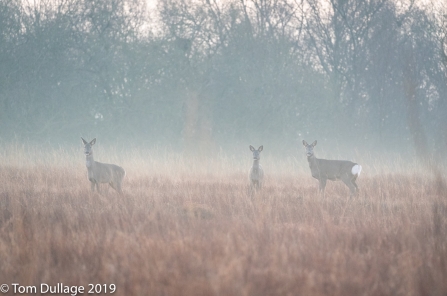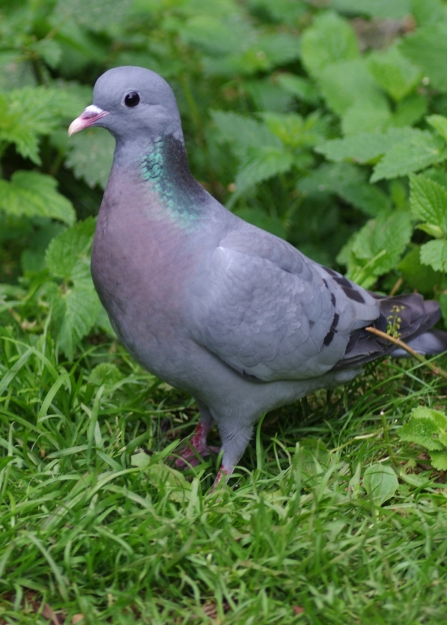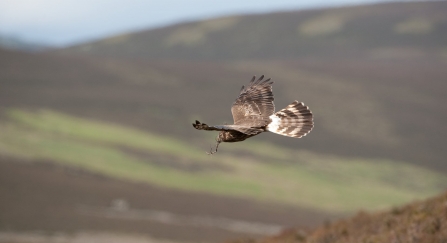Despite the weather staff, volunteers and visitors spotted a few signs of spring emerging from the sodden ground while birds were spotted starting their courtship displays. From great crested grebes at Mere Sands Wood to snowdrops at Brockholes, read all about our February wildlife sightings.
Foxhill Bank
Spring preparations are in full swing at Foxhill Bank as staff and volunteers cleared the path edges to make way for wildflower seeding. They spotted plenty of scarlet elf cup fungi as they worked – a sure sign that spring is on its way.





